Life Savers Soda
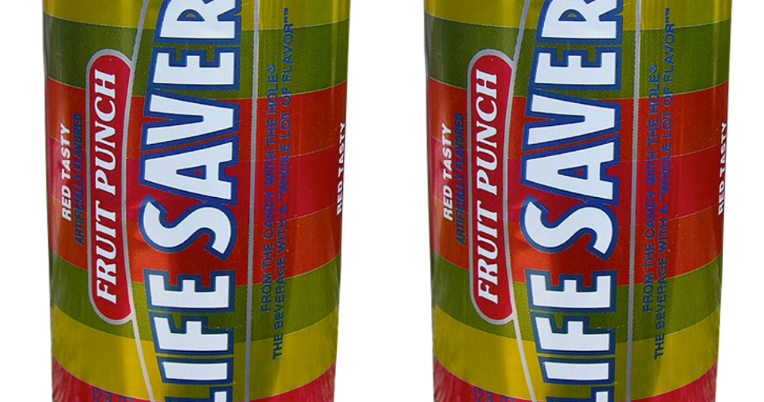
Focus groups took well to Life Savers Soda but the wider market rejected it. Why? Because it was incredibly unhealthy, even by soda standards. The drink came in a host of flavours, including pineapple, orange punch, grape punch, and lime punch. This was candy in a can and doomed to fail.
Betamax
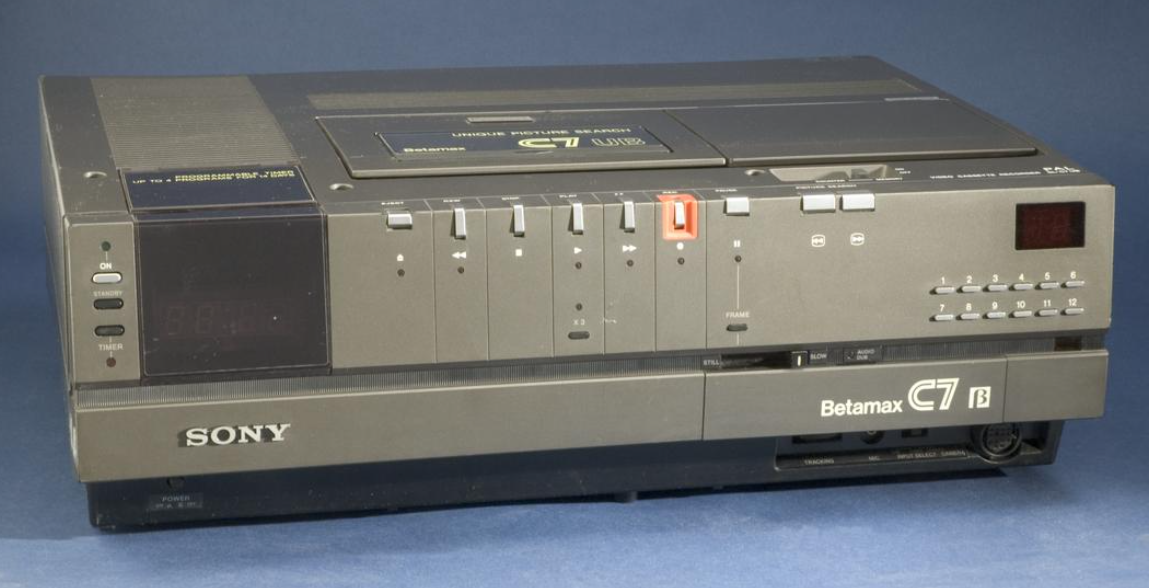
Before the dawn of the VHS, Sony introduced Betamax in 1975. It had a higher resolution and sound quality than VHS but suffered with Sony’s decision to limit licensing its technology to other manufacturers. Betamax’s share of the VCR market fell from 100% in 1975 to 10% in 1988.
Mobile ESPN
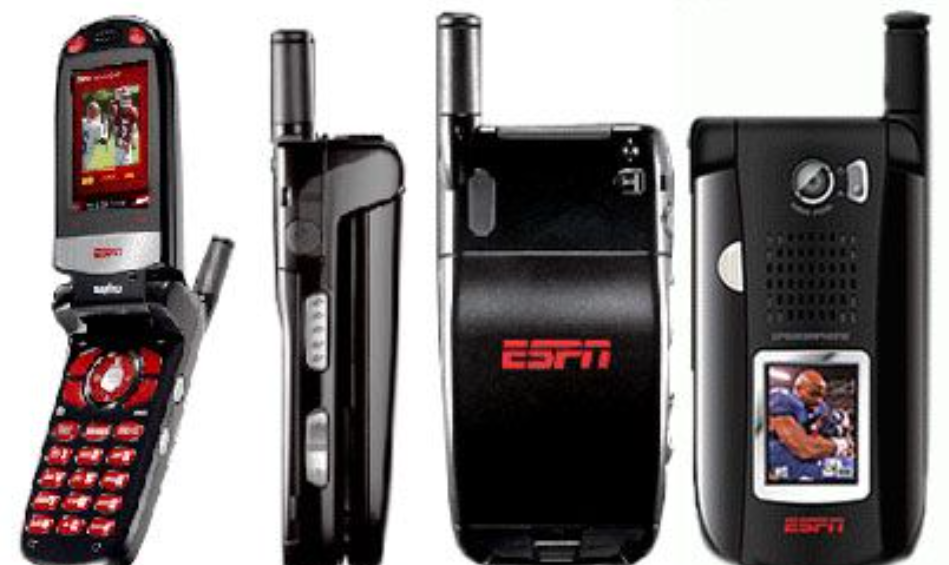
ESPN knew their fans wanted access to sports scores and stats while out in public so in 2006 they launched Mobile ESPN. Unfortunately, the only phone it offered, a Sanyo, set people back $400, with an added $40 service charge. Within a year, Mobile ESPN was shut down, after $150 million had been wasted on the venture.
Lisa
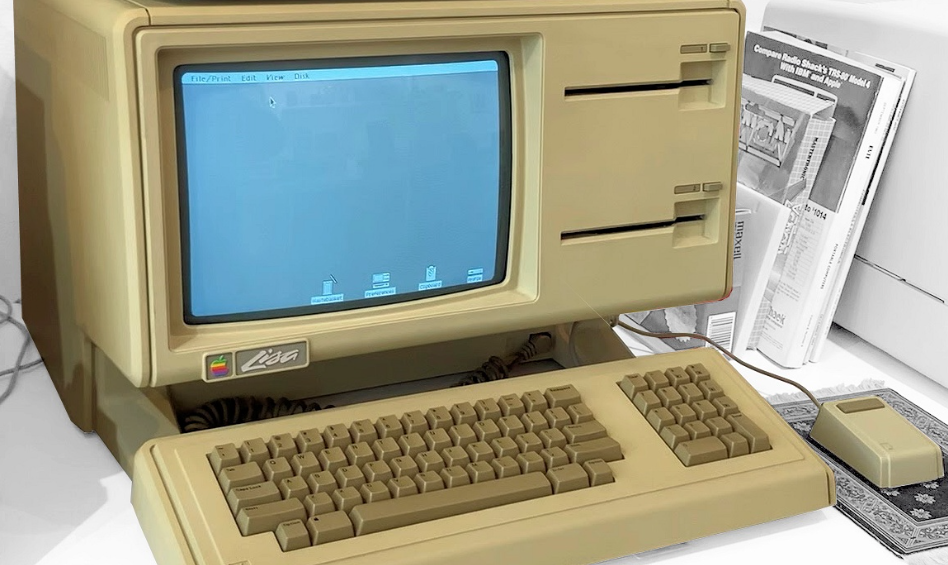
Before Apple’s huge 2000s boom, it had produced some of the biggest flops in tech, including the personal computer Lisa. Released in 1983, this device cost $9,995, which is equivalent to roughly $25,000 today. Even rich customers thought this was a stretch. After selling just 100,000 units in two years, Apple abandoned the Lisa in 1985.
Dreamcast
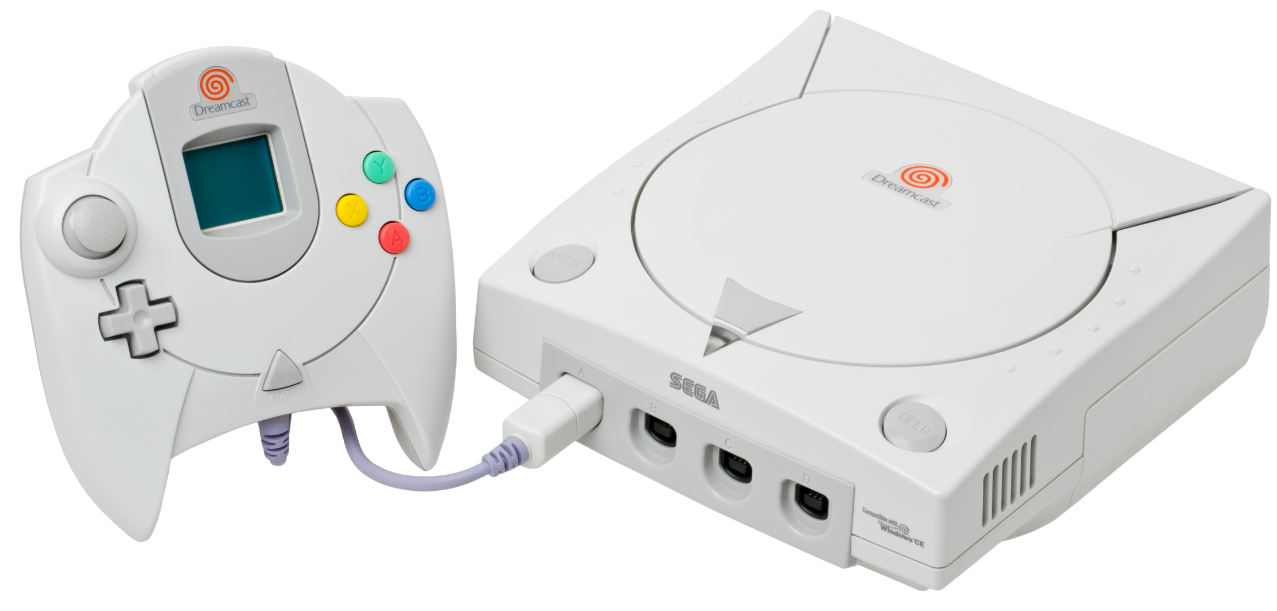
Sega’s Dreamcast was released in 1999 and was considered a novel piece of equipment. It was the first console to introduce worldwide network compatibility, for example. But it wasn’t enough. The Dreamcast sold poorly and was discontinued after just over two years, dwarfed by the success of the PS2.
Crystal Pepsi
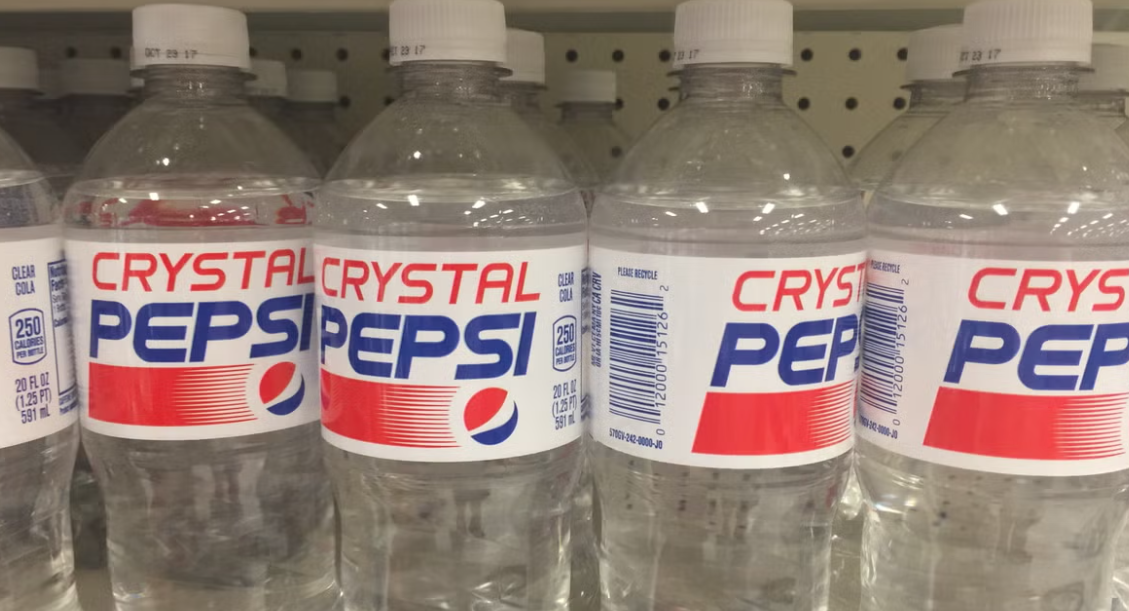
Unveiled in 1992, Crystal Pepsi was supposed to spearhead a clear and caffeine-free soda movement to better protect the health of Americans. Despite advertising during the Super Bowl XXVII, sales were nowhere near what they’d hoped and business faded away shortly after.
MeeGo
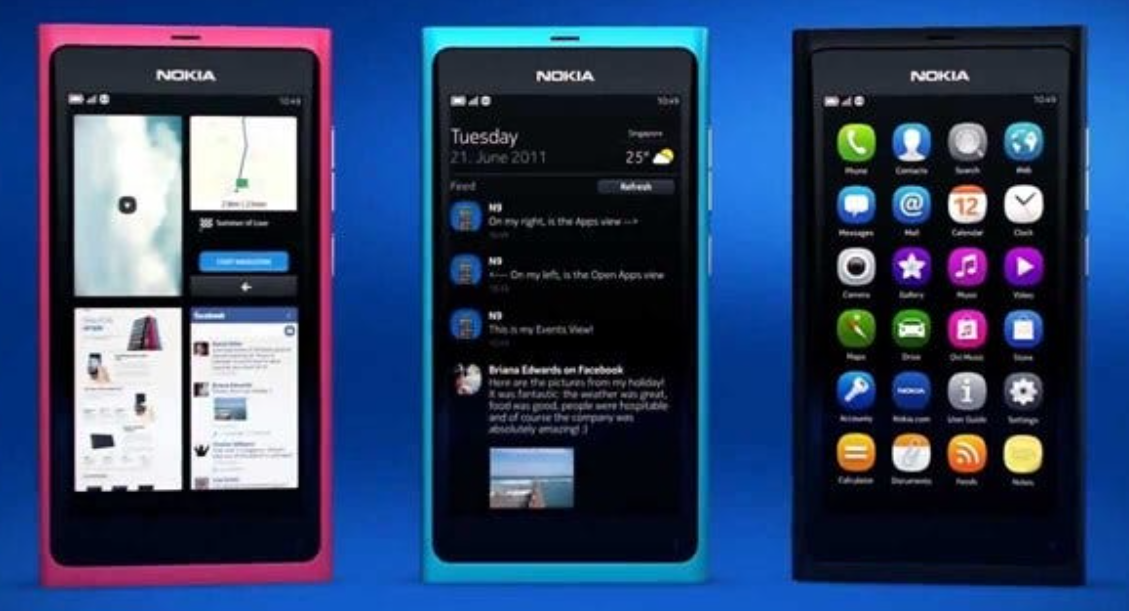
Nokia’s MeeGo wasn’t that bad of a product. It was in the wrong place at the wrong time. Shortly after its release, Nokia CEO Stephen Elop dropped the MeeGoo in favor of the Windows Phone 7 operating system. Had it been released a few years later, we might have struggled to imagine life without them.
Qwikster
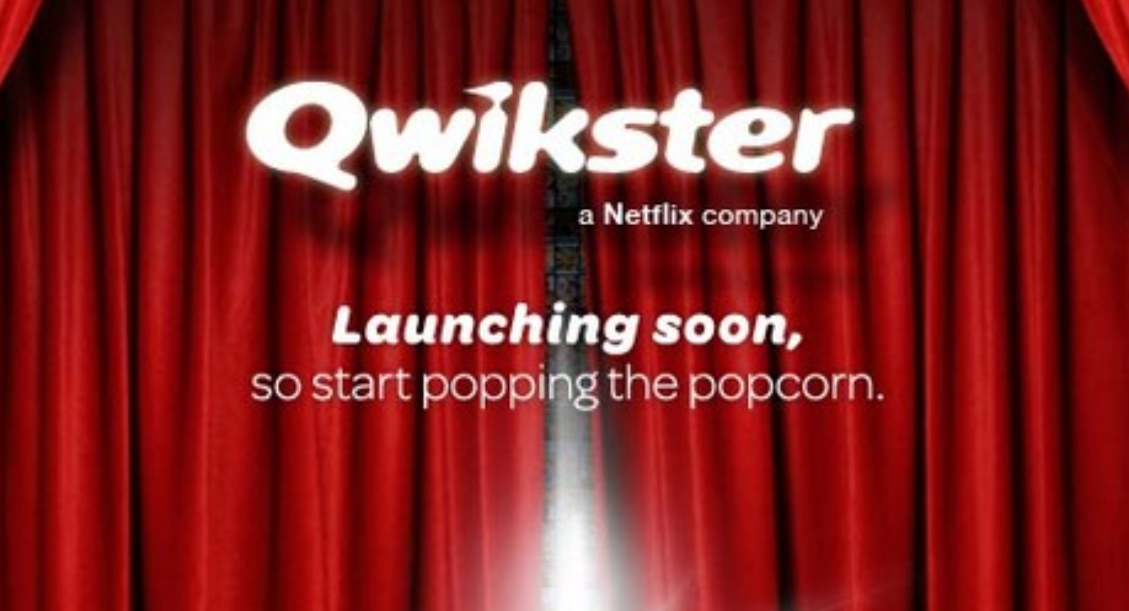
When Netflix was about to ditch its deliver-by-mail DVD rental service for a streaming one, it founded Qwikster to fill the gap left in the market. However, being subscribed to both services would cost customers an extra 60%. Panned by critics, CEO Reed Hastings scrapped Qwikster before it even got started.
Too Human
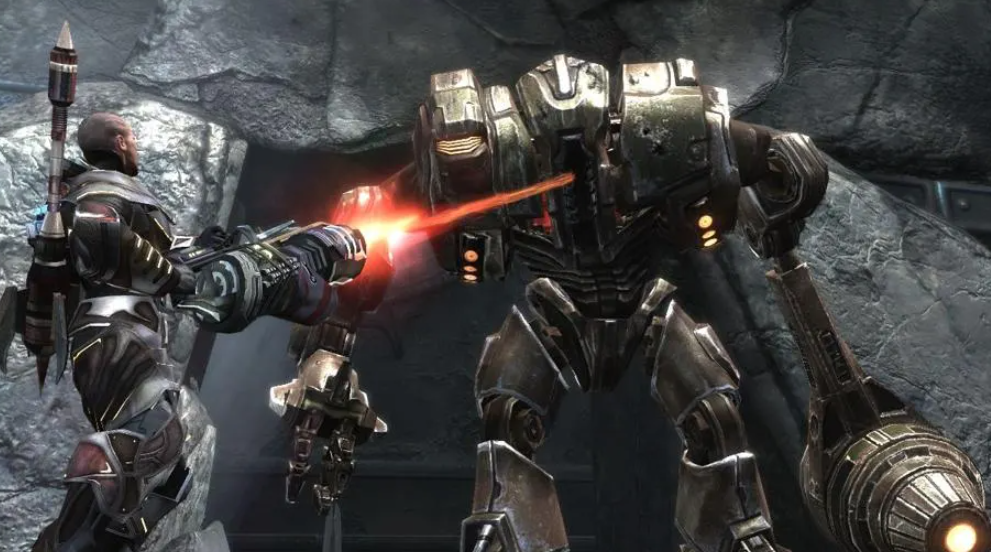
Too Human, released in 2008 after many years of development, went on to become one of the biggest flops in video game history. Produced by Silicon Knights, the game eventually put developers in bankruptcy. All in all, they’d spent $100 million on Too Human. A court ordered them to destroy all remaining unsold copies of the game.
47 Ronin
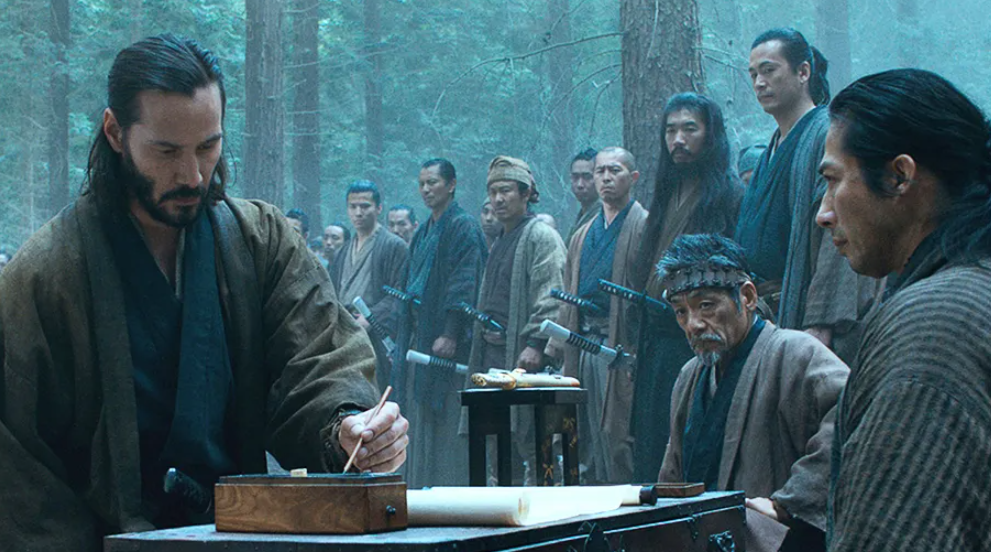
Universal Pictures aren’t exactly known for flops but the studio’s 2013 fantasy flick 47 Ronin served as a brutal exception to the rule. Losing $150 million on a $225 million budget, the Keanu Reeves-led film left Universal in the hole for a whole year. Both audiences and critics alike agreed that 47 Ronin was a total dud.
LaserDisc
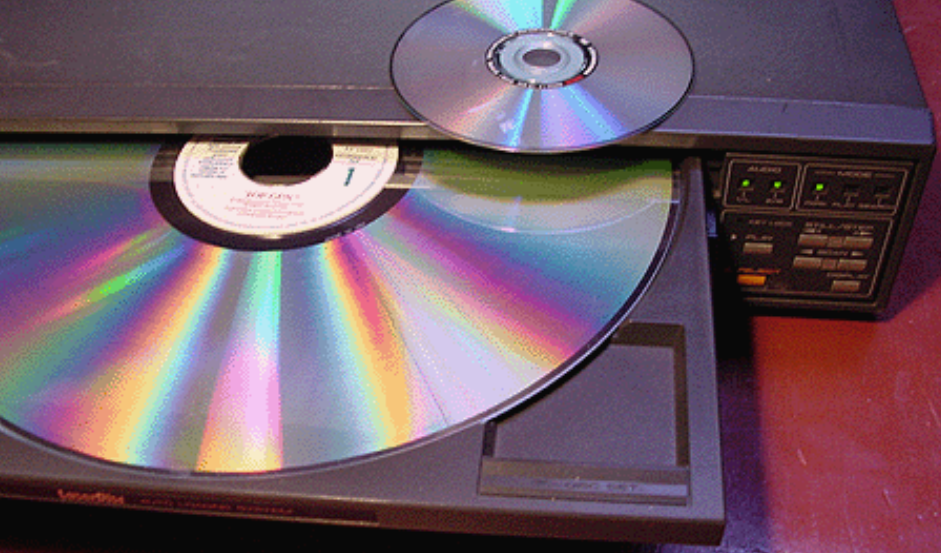
In many ways a predecessor of the DVD, LaserDisc was the higher-resolution competitor to VHS. The main problem was that it couldn’t record television shows and back in those caveman days, recording television shows was the only way to ensure repeat viewing. By the 1990s, it was game over.
Kellogg’s Breakfast Mates
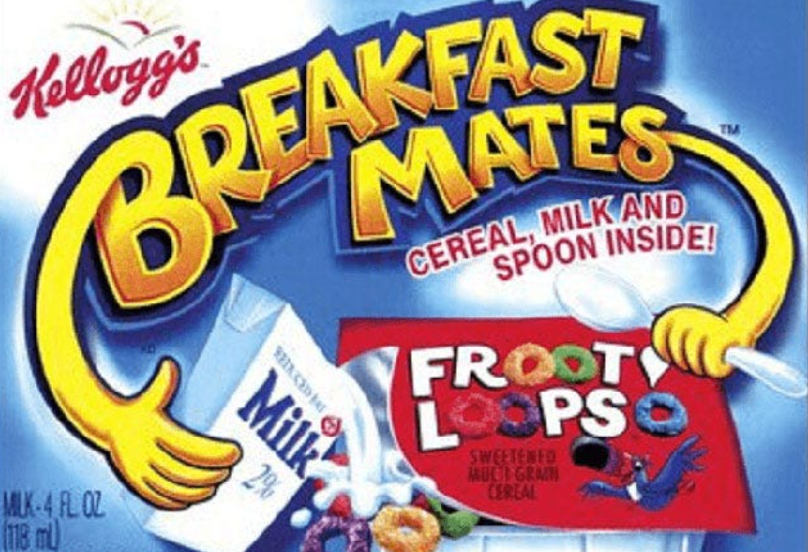
In 1998, Kellogg’s decided to cut out the middle man and sell a product that would include cereal, a small carton of milk and a plastic spoon. What a time saver! Right? Wrong. Pouring a separate carton of milk on a traditional serving of cereal really wasn’t an inconvenience. In August 1999, Breakfast Mates were no more.
Microsoft Bob
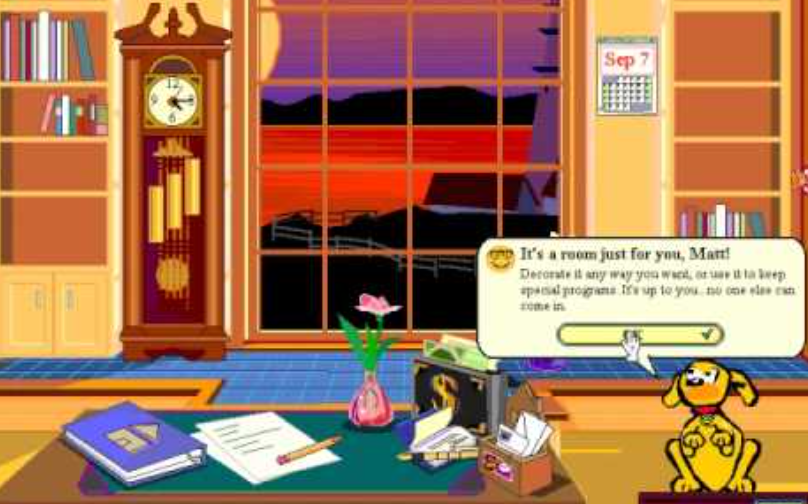
Released in 1995 as a simple OS interface, Microsoft Bob presented the desktop as a house. Users would, for example, click on the stationary graphics lying on the desk to open the word processor. Sounds neat, doesn’t it? Well, it wasn’t. Bob was discontinued after a year thanks to the success of Windows 95.
HP TouchPad
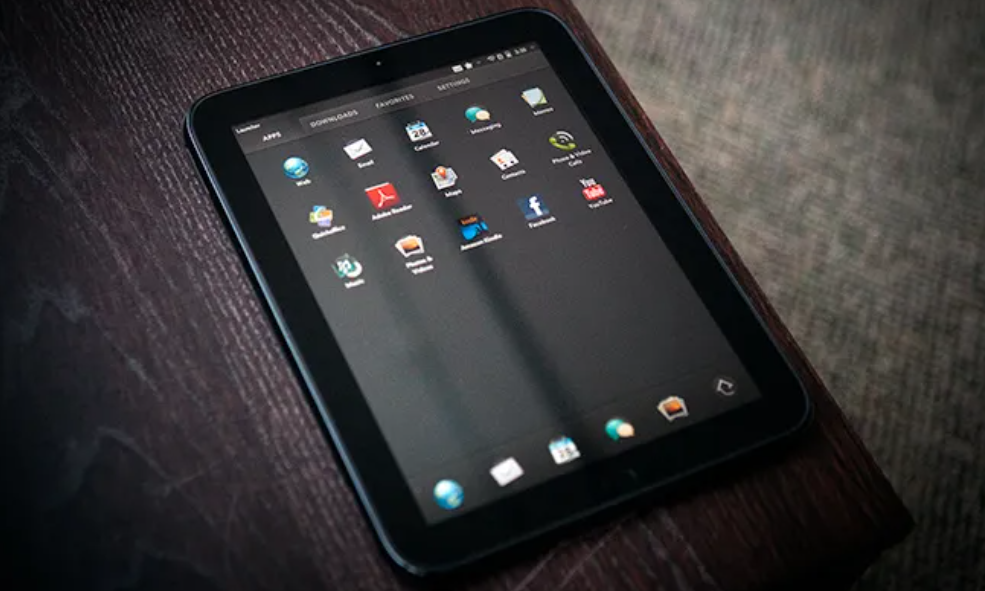
In a naive bid to compete with Apple’s iPad, Hewlett Packard released the TouchPad in 2011 with the help of some celebrities advertising the product. Nobody wanted it, and within a few short months, you could find TouchPads in second-hand tech stores for a fraction of the price.
Hot Wheels Computers
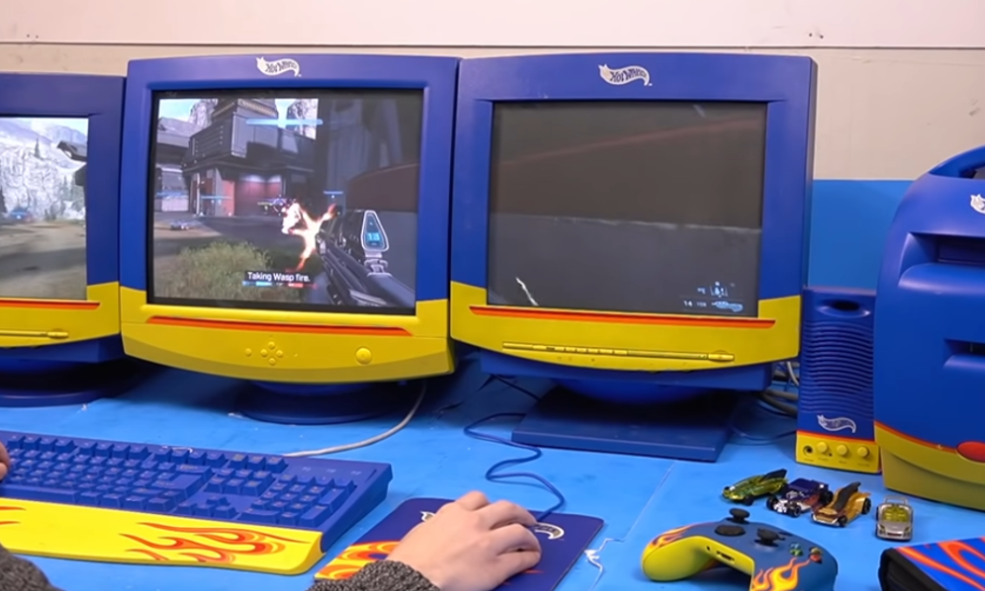
In 1999, Mattel decided to start selling Hot Wheels computers to increase the declining sales of the toy cars. Sadly, they were rife with technical flaws and the cost of fixing and replacing faulty computers eventually put the Hot Wheels PC out of business. In an alternate universe, we’re all getting our work done on these delightfully retro PCs.
Google+
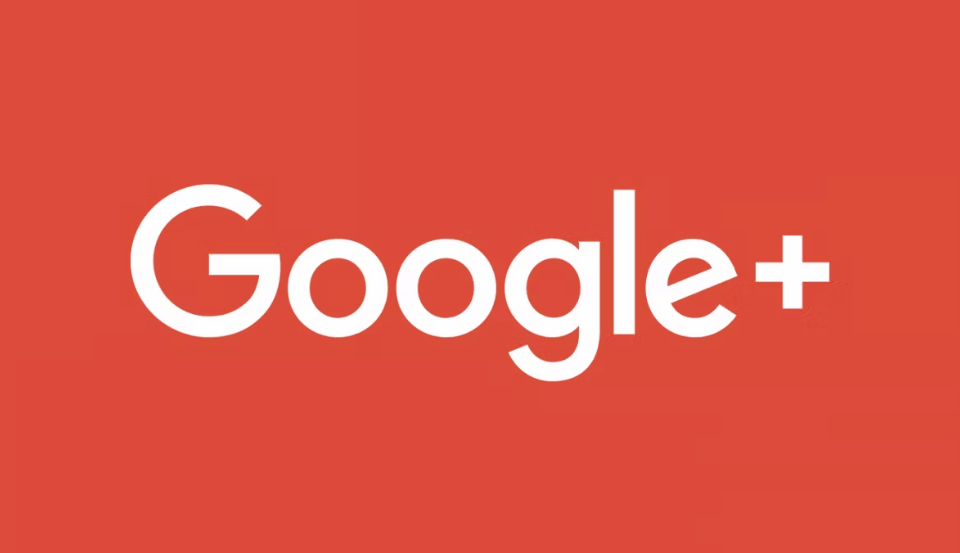
Google+ was launched in 2011 to compete with Facebook. Bad idea! Millions of people still liked Facebook back then and weren’t willing to jump ship to some nerd pastiche. By April 2015, Google+ experienced a 98% decline in user engagement. It’s still going today, but to what end?
The Arch Deluxe
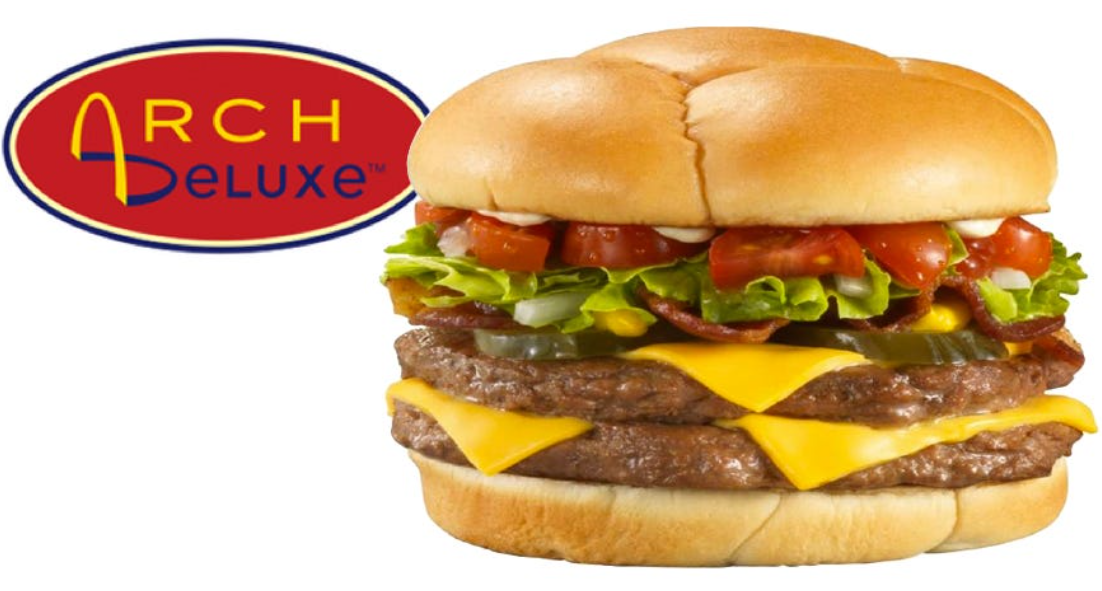
The Arch Deluxe is McDonalds’ biggest flop. Rolled out in 1996, the burger was marketed as a sophisticated and “grown-up” alternative to the cheap likes of the Big Mac. Costing $200 million to advertise, sales of the Arch Deluxe missed the $1 billion expectation set for its first year and was later scrapped.
Relenza
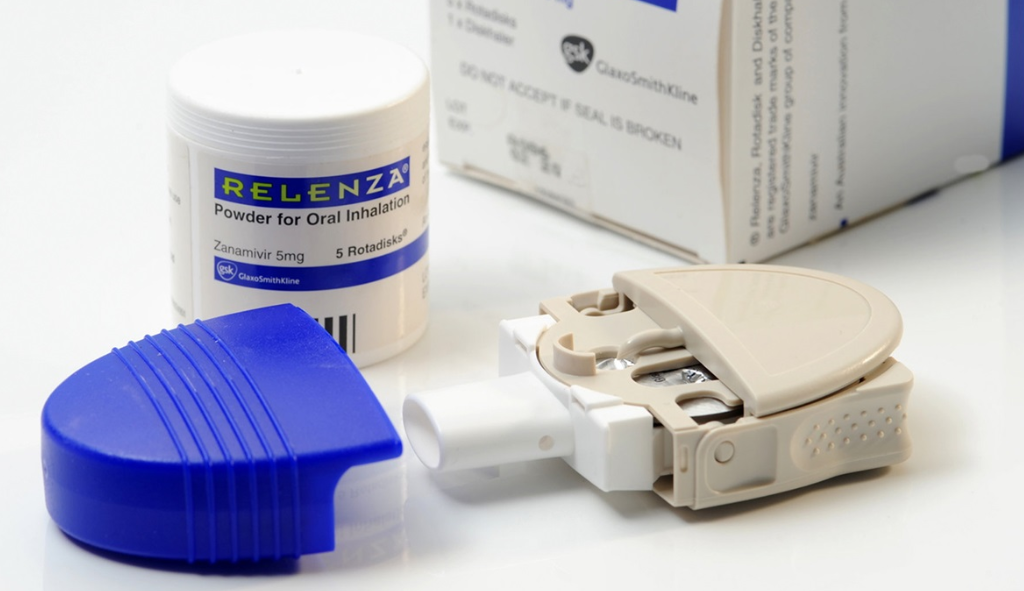
In 1999, with a new strain of avian flu on the rise, the demand for antiviral meds was bigger than ever. The FDA approved two, Tamiflu and Relenza. Can you guess which one succeeded? Hint: it’s the one you’ve actually heard of and used multiple times. Relenza was slated for causing respiratory problems in some patients.
Virtual Boy
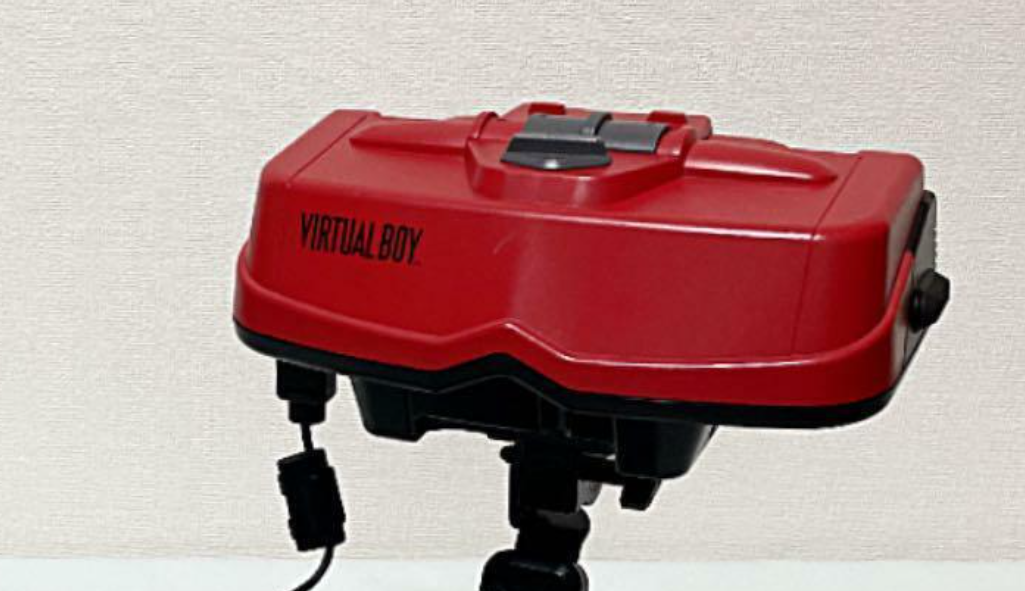
The Virtual Boy was Nintendo’s first effort in VR technology. Released in 1995, it was discontinued after a year following sales of just 770,000 units. Why? The graphics were just too poor. To reduce battery brain, Nintendo also used only black and red shades in the games, causing eye strain in many users.
WOW! Chips
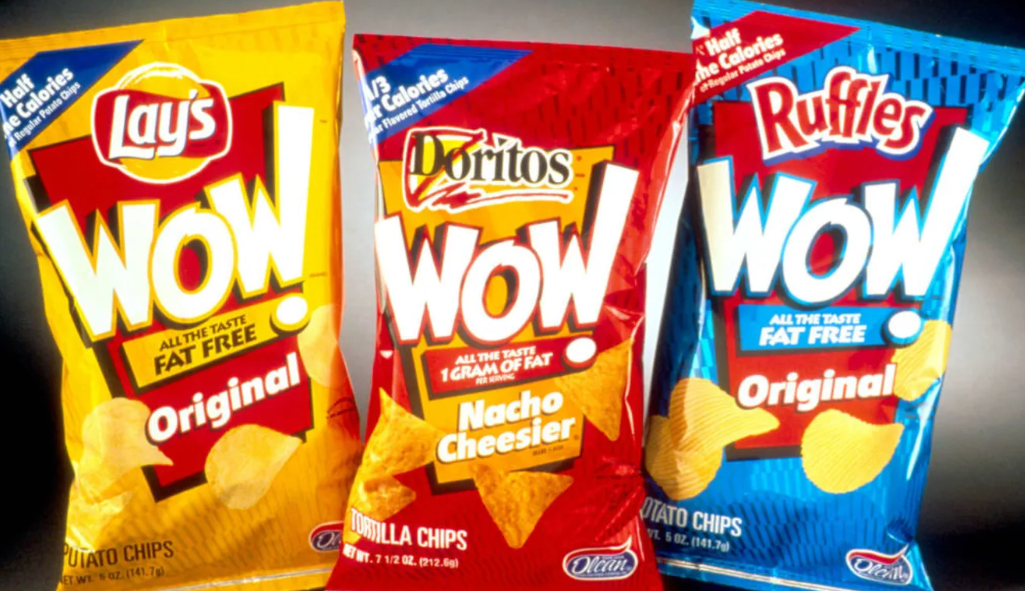
Marketed as a healthy snacking alternative, WOW! Chips were made with fat substitute olestra. In their first year, they made $347 million in sales, more than any new product in 1998. However, customer complaints of cramps and diarrhea soon put WOW! Chips out of business by 2000, understandably.
EZ Squirt
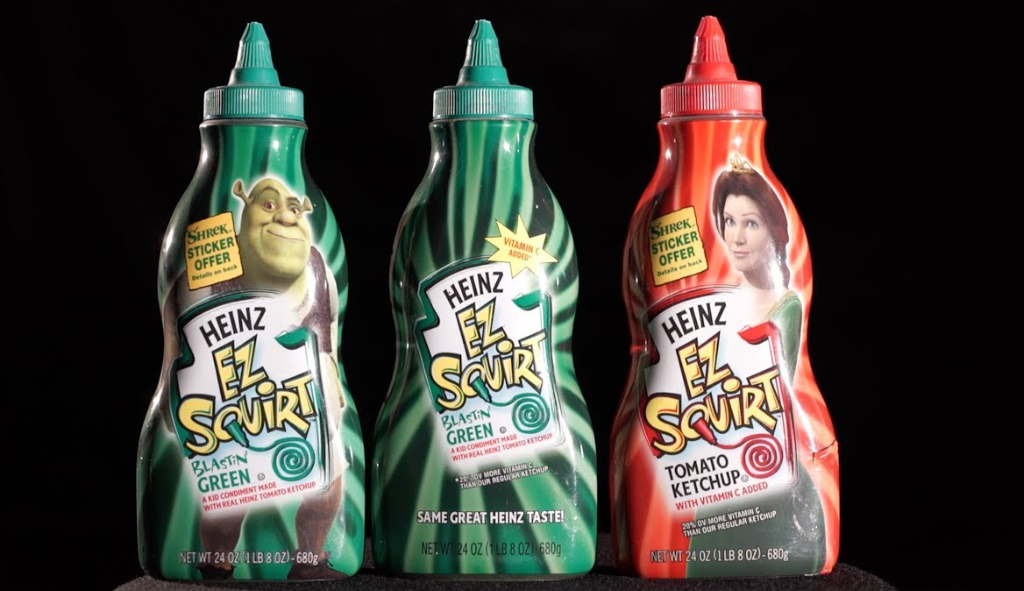
“Red ketchup? Boring!” said the kids of America – apparently. In 1999, Heinz debuted EZ Squirt, a purple, green and blue alternative to traditional ketchup. By 2006, production was halted. It turned out the novelty of brightly coloured ketchup didn’t have the staying power beyond one afternoon backyard barbecue.
Maxwell House Brewed Coffee
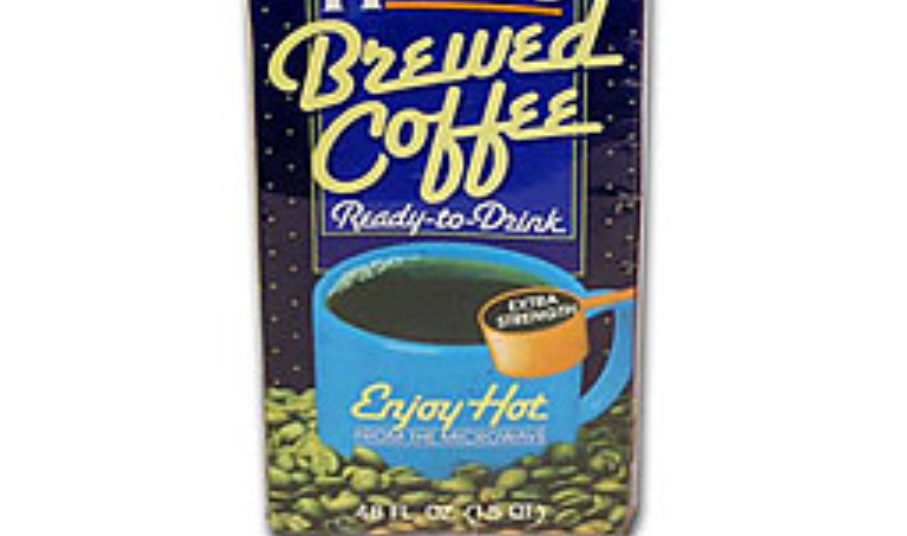
This pre-brewed carton of coffee misled customers with its image of a hot cup of coffee on the packaging. Maxwell House’s Joe was meant to be refrigerated, adding to further confusion. Want to microwave it? Cool, let’s just expose this foil product to intense heat- that’ll surely end well! As expected, it was discontinued within months of release.
Friendster
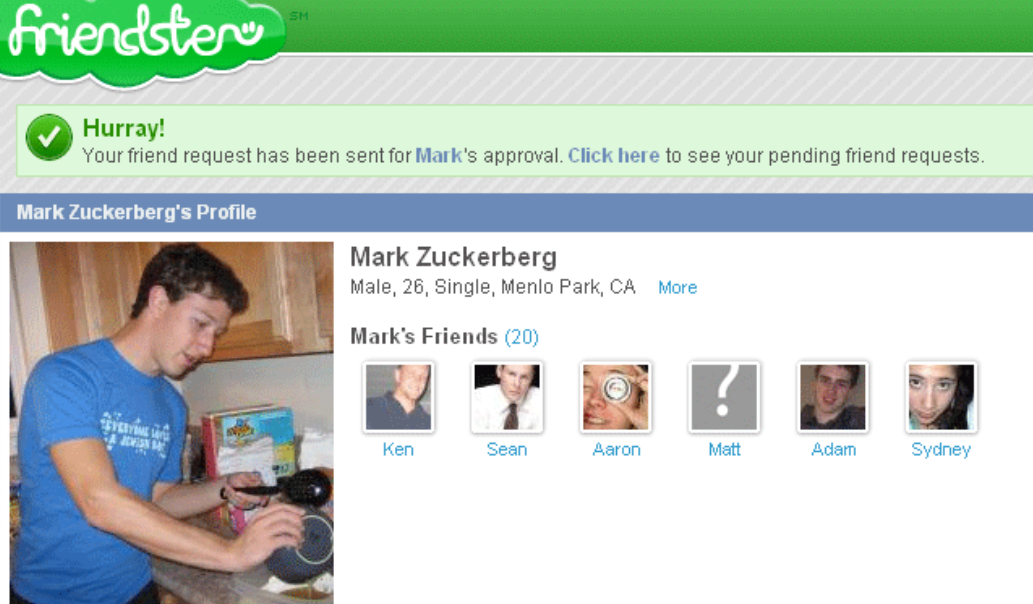
Friendster could have been big if page loading times didn’t allow for you to fly to Nepal, ascend and descend Mount Everest 100 times before hibernating for a whole year. Some flops take a long time to disappear, and this was one of them. Friendster, one of the many attempts to capitalize on the social media boom of the early naughties, hung on til 2015. 2015!
Cosmopolitan Yoghurt
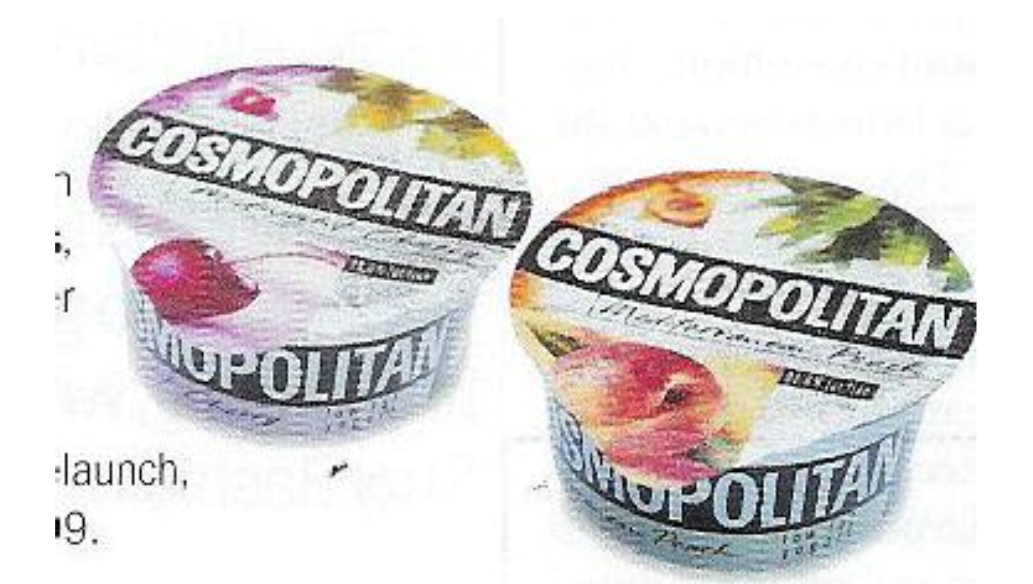
Cosmopolitan, the popular women’s magazine catering to fashion, dating and horoscopes, decided in 1999 to release… a yogurt. Their dairy ambitions didn’t need to be explained. Just buy the product, they said. Buy it now. And no one did.
Zune
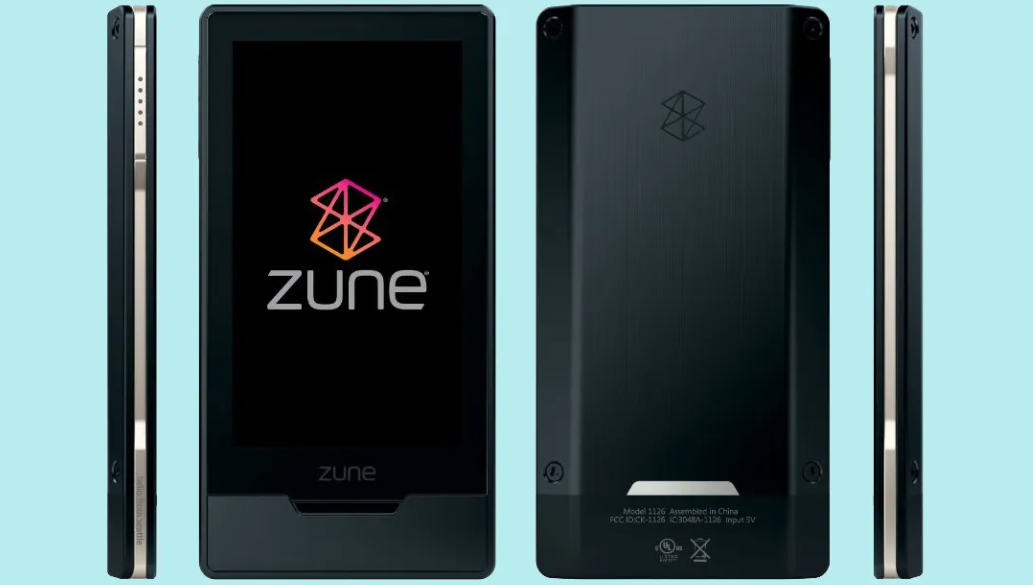
Microsoft’s poor effort to rival the MP3 player, Zune, was released in 2006. By 2015, it had discontinued all streaming, downloading, and other music services for the product. A large amount of customers reporting bugs and general failures did not help sales at all, and the emergence of the iPod made this thing totally obsolete.
Edsel
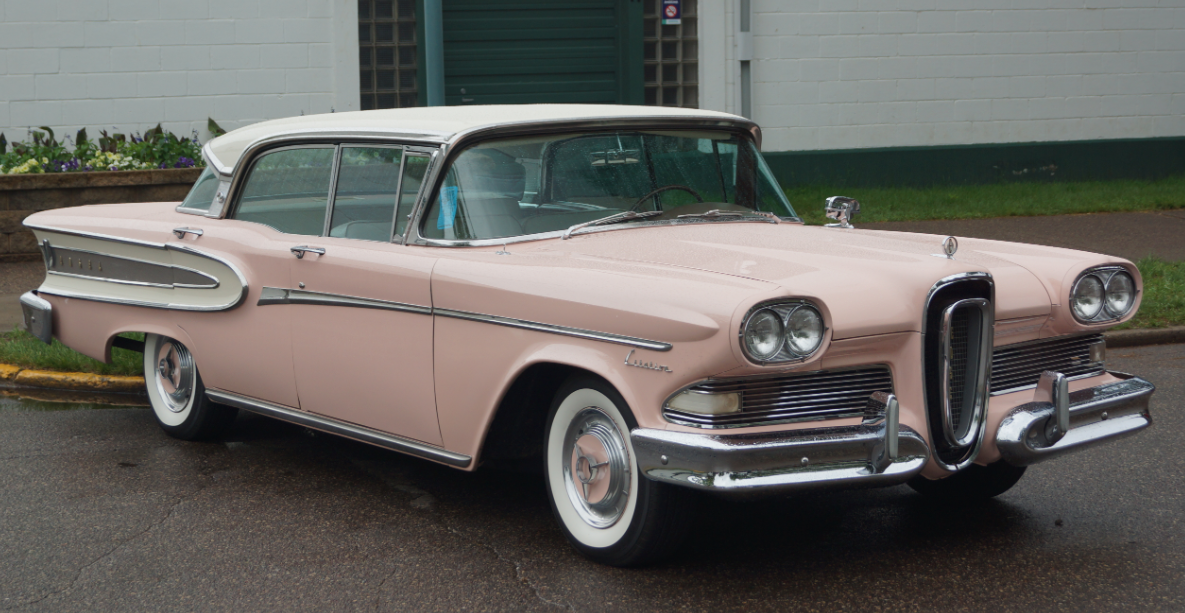
Named after Henry Ford’s son, the Ford Edsel was released in 1957 following a heavy-handed marketing campaign. Overpriced, old-fashioned and just downright ugly to look at, this car was discontinued after only two years, costing Ford a staggering $350 million.
United States Football League
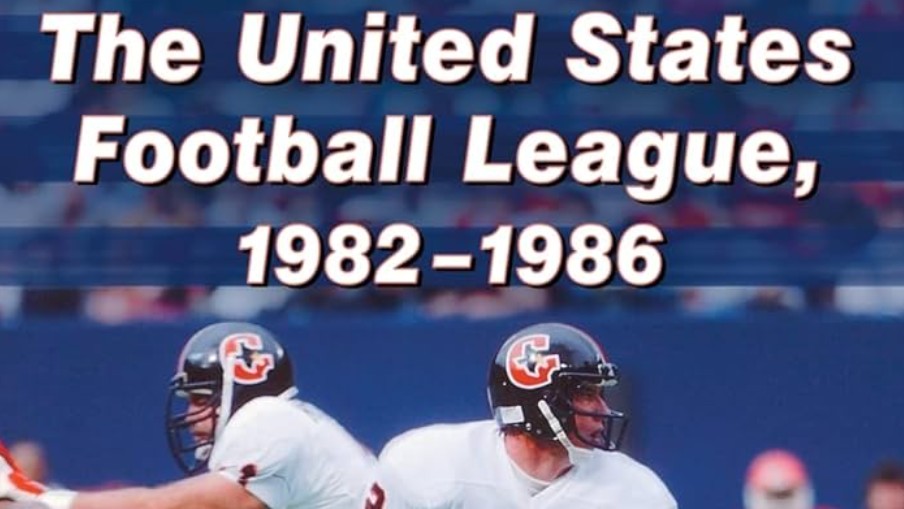
In order to meet the demands for football in the spring and summer, the United States Football League was founded in 1982. Consisting of 12 teams, the league was doomed from the start. The main issue was a lack of stadiums to play in. By 1986, the league had finished thanks to a naive effort to move games into the fall.
Persil Power
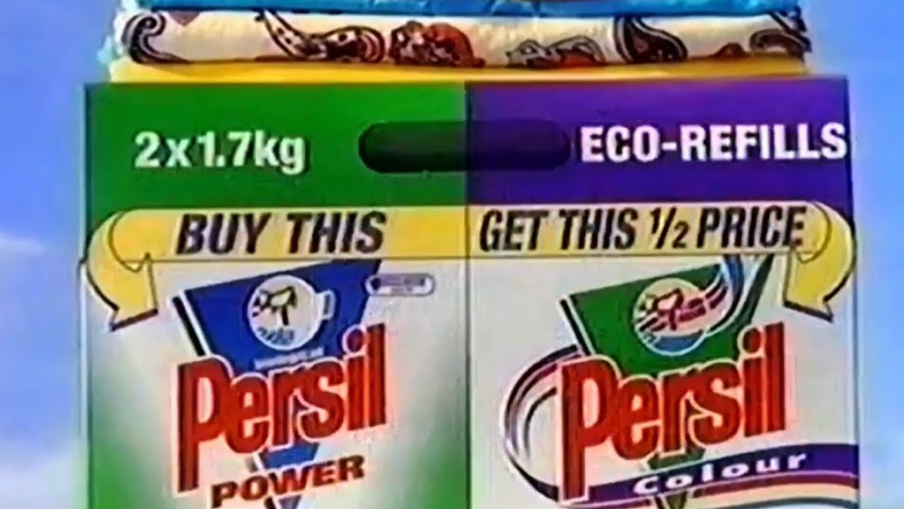
Unliver threw $300 million at the marketing of Persil Power back in 1994, confident in its newly patented stain removal formula called Accelerator. After a few months, customers were complaining that the detergent was damaging clothes at hot temperatures. Persil Power was soon replaced with Persil New Generation, bereft of the Accelerator.
Harley-Davidson Perfume
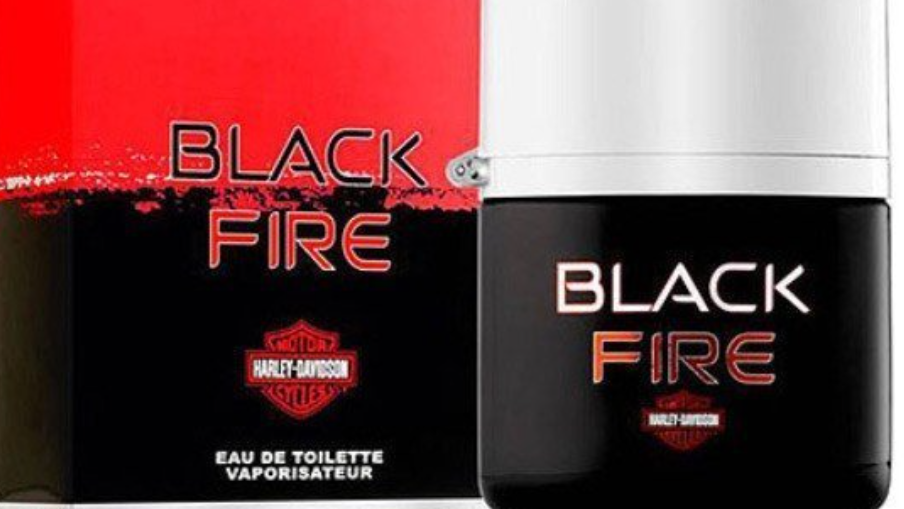
Harley-Davidson: bikes! Leather! Men! Perfu… perfume? Yes, believe it or not, the legendary company released a fragrance called Black Fire in 2005. It was quickly discontinued, as were Harley-Davidson’s string of wine coolers and aftershave. Brand overextension is hardly ever worth it, folks – turns out nobody wants to smell like a hairy biker.
Coors Rocky Mountain Sparkling Water
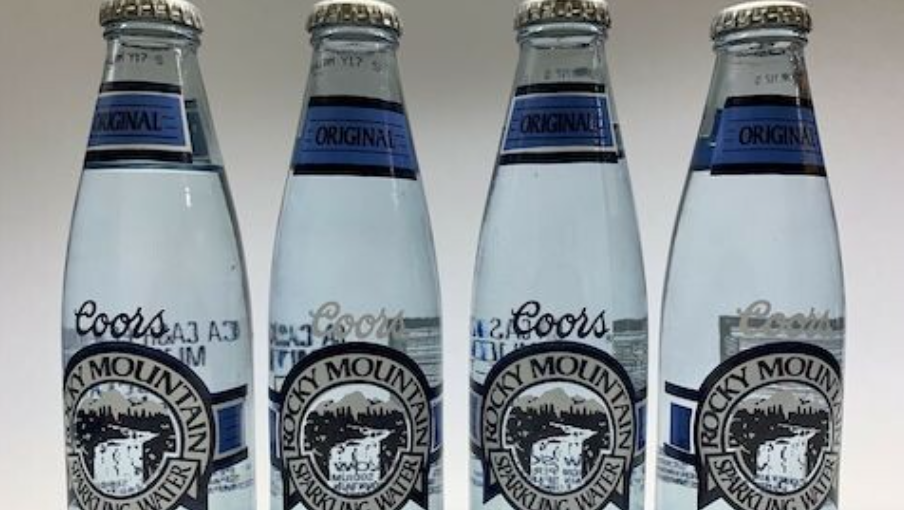
Capitalising on the bottled water revolution of the 1990s, Coors released their Rocky Mountain Sparkling Water, the company’s first non-alcoholic product since Prohibition. It did not sell well. By 1997, Coors had let go of the Rocky Mountain Sparkling Water trademark.
New Coke
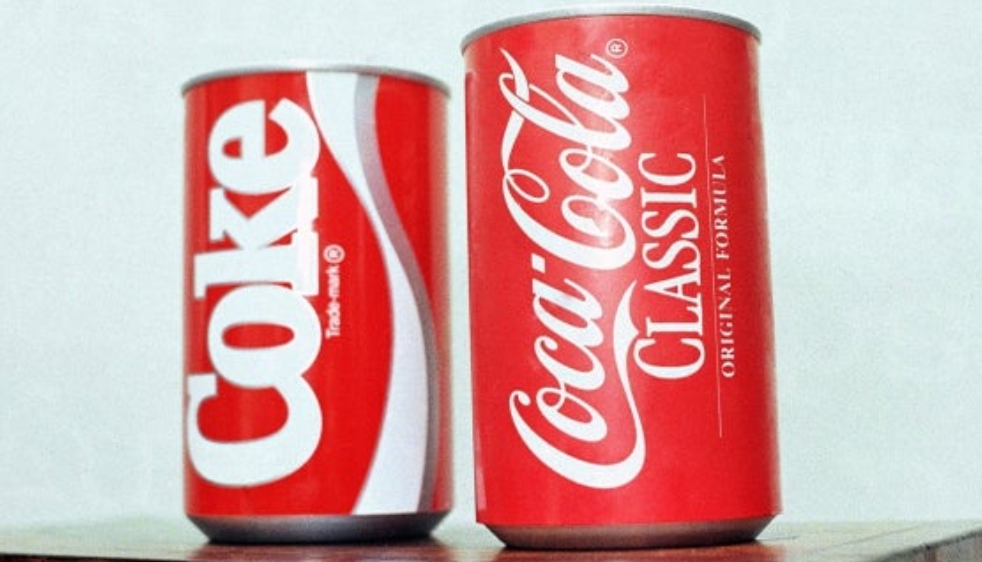
Coca-Cola was losing market share to Pepsi-Cola throughout the 1970s and early 80s, leaving them no choice but to release New Coke in 1985, changing the company’s formula for the first time in nearly a century. New Coke was laughed off by the public, who demanded the better, unhealthier original Coke.
Colgate’s Kitchen Entrees
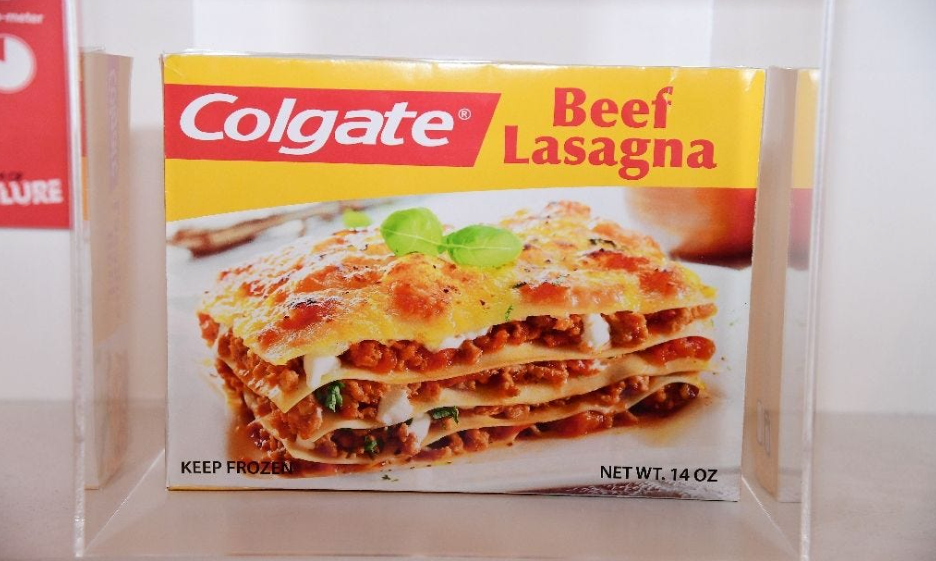
Americans didn’t have any problems with frozen meals in the 1980s. For many, it was the only way to put food on the table for a large family. What they did have a problem with was toothpaste brands releasing them. When Colgate came out with Kitchen Entrees, the public just couldn’t get over the mental block. Toothpaste lasagna, anyone?
Touch of Yogurt Shampoo
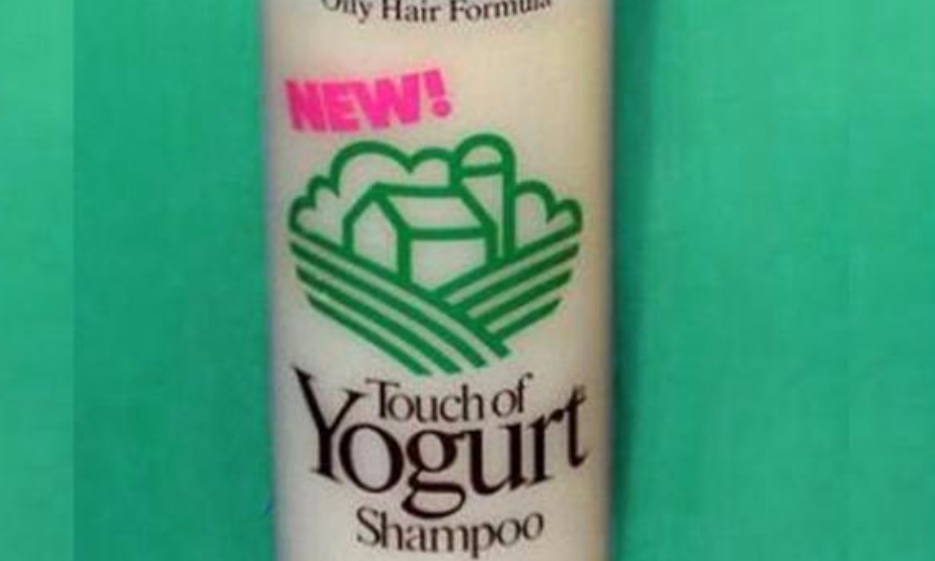
Putting natural ingredients into beauty products was hot in the 1970s. Clairol, watching the likes of lemon, herbs and honey go into shampoo, decided to try yogurt. The public were horrified by what they got. Some, according to reports, were so confused they ate the yogurt shampoo – long before the days of Lush.
Windows Vista
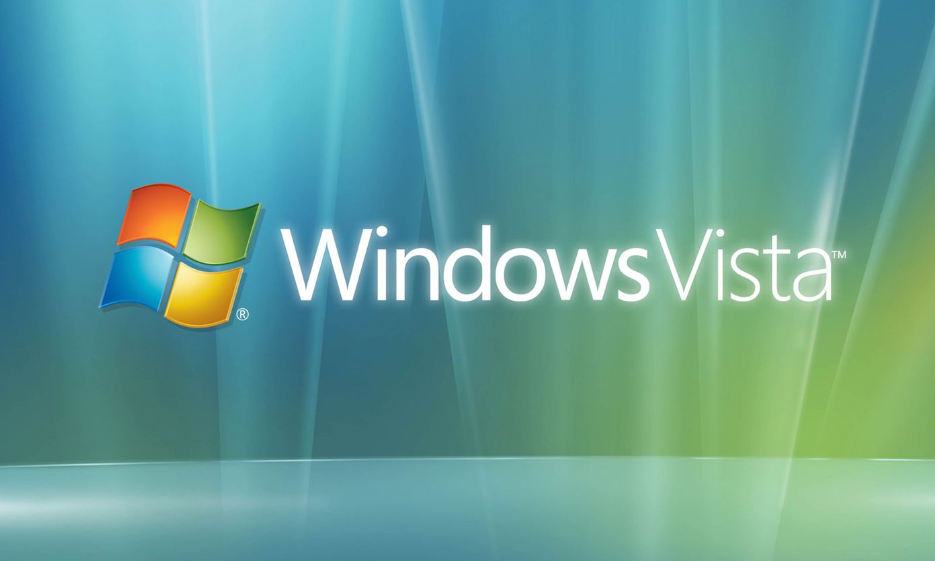
Released in 2007 as a follow-up to Windows XP, Windows Vista was panned by critics and customers alike. In response, Dell began offering Windows XP again on new laptops a few short months after Vista was introduced. Windows announced in 2018 that it would no longer provide support for Vista, and the software has since faded into obscurity.
Terra Nova

Not every TV show can do well, but Terra Nova really took the cake. Concerning the time-traveling escapades of a 22nd century family, the pilot of Terra Nova alone cost $20 million to make. Imagine their disappointment when the rating didn’t justify any of it. Fox is estimated to have wasted $50 million on the failed venture. Remember this show? Exactly.
Cheetos Lip Balm
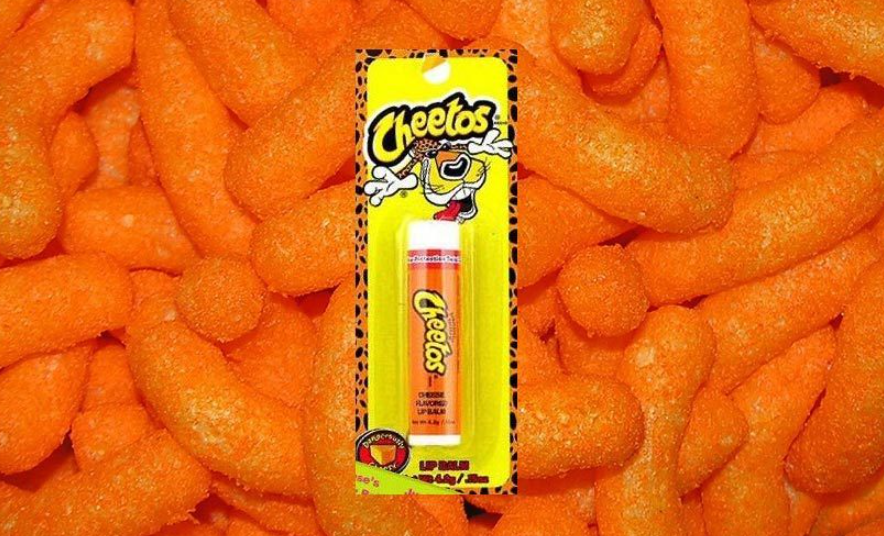
Why waste your time with boring, old Chapstick when you could coat your lips in… cheese dust? Believe it or not, Cheetos-flavored lip balm failed to ignite the public’s interest when it was released in 2005. As it happens, people want their lips to taste minty rather than cheesy.
The Newton
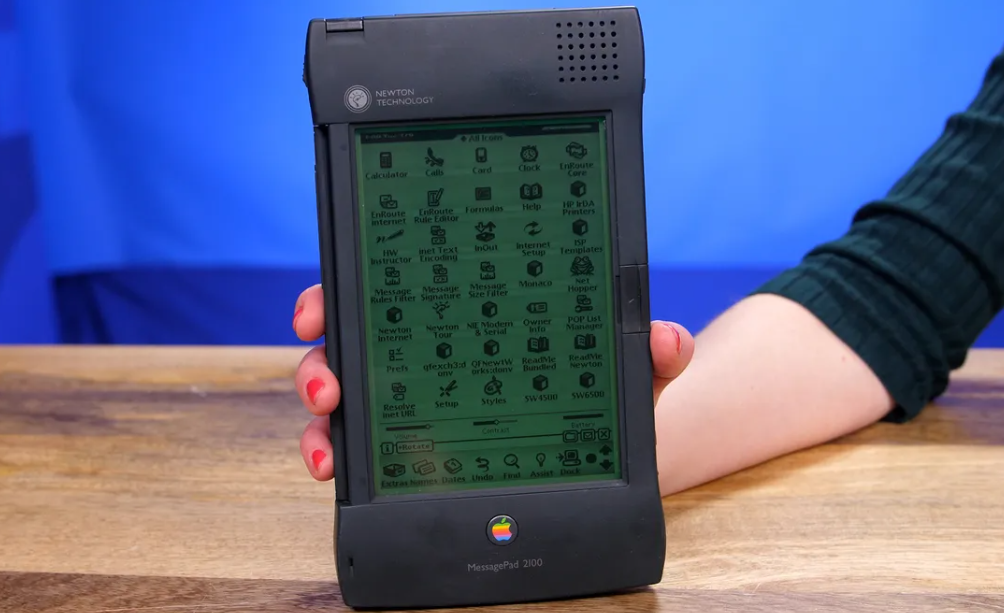
Personal digital assistants were all the rage in the late 90s. In the early 90s, however, they were a nail in any budding company’s coffin. The Newton MessagePad, conceived by Apple CEO John Sculley, was released in 1993 and sold only 50,000 units in its first four months. Apple pulled the plug in 1998.
Smokeless Cigarettes
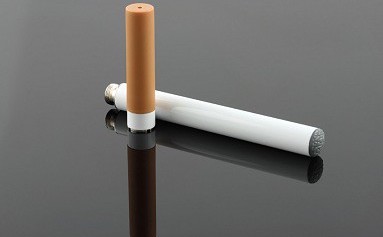
Long before vaping, companies were trying to create a healthier alternative to smoking cigarettes. One of their first efforts was a smokeless tobacco product. RJ Reynolds, the second-largest U.S. tobacco company, released this monstrosity in 1988 to a bemused audience. They spent $1 billion producing and marketing this thing, only for it to burn out after a year.
Burger King’s Satisfries
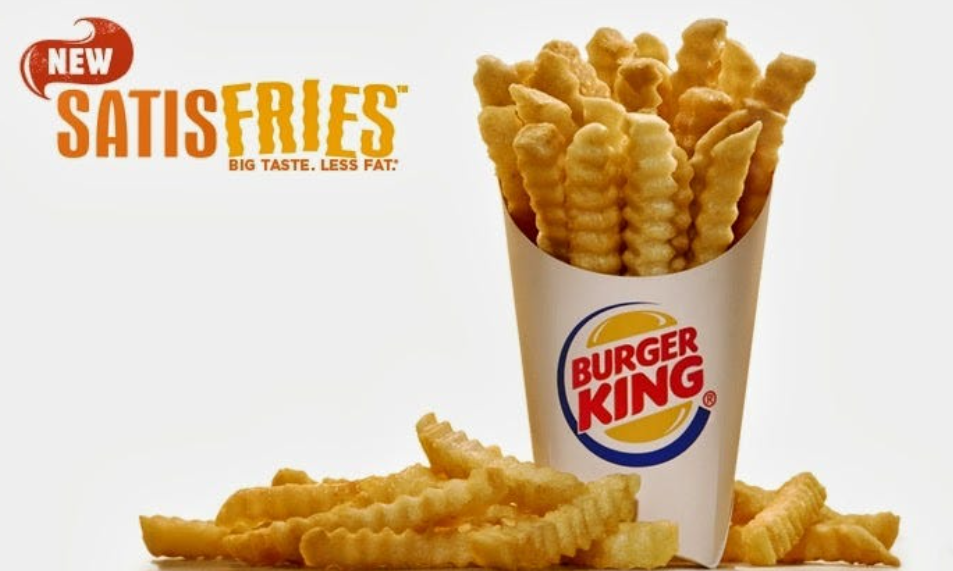
Catchy name! A shame the end product was horrible. Back in 2013, Burger King released a healthy alternative to their french fries, using less porous batter, causing the fry to absorb less oil. So why price them higher than regular fries? It’s a question Burger King still hasn’t answered nine years after discontinuing the item.
Google Glass
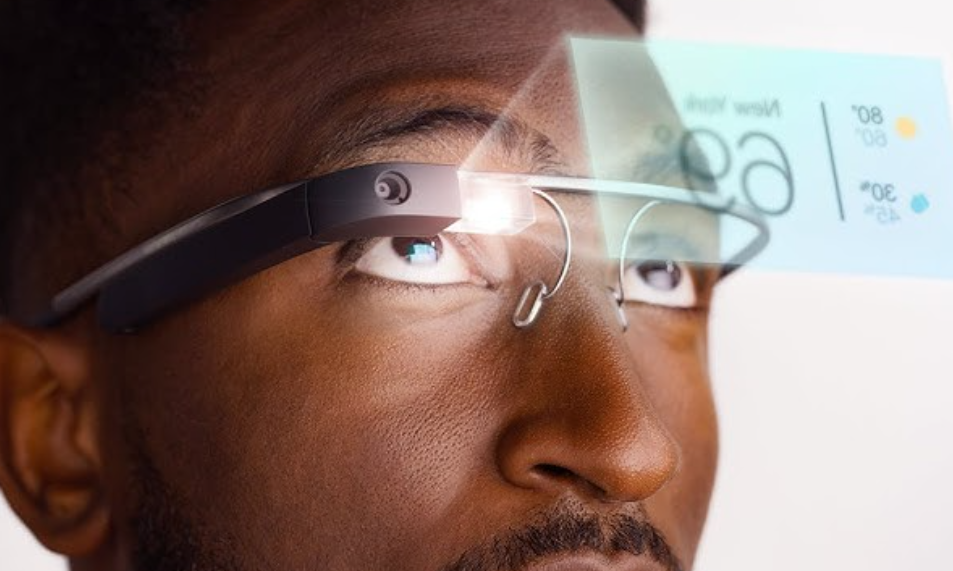
Get real, Google! A smartphone? In a pair of glasses? What kind of nerds do you take us for? Released in 2012, Google Glass suffered three years of poor sales before it was discontinued in 2015. Customers cited privacy concerns, low battery life, bugs and bans from public spaces as why they hated this product.